-
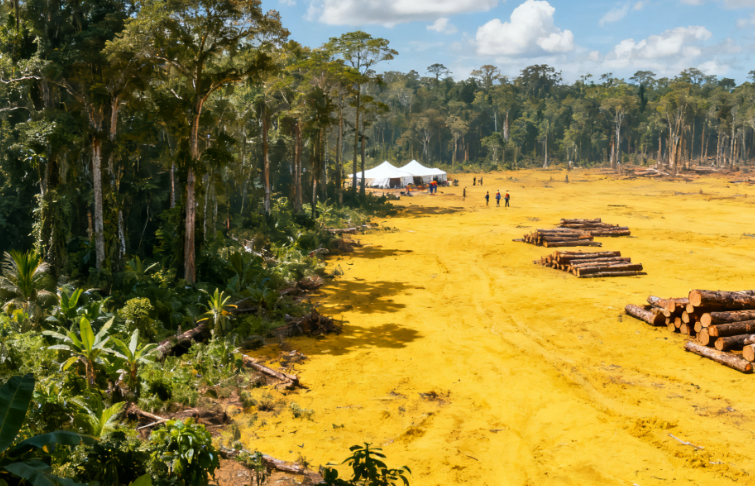
Rainfall in Amazon Rainforest Drops Nearly 75% During Dry Season
An environmental study published in Nature Communications reveals that deforestation has reduced rainfall by 15.8 millimeters per dry season across approximately 2.6 million square kilometers of the Amazon rainforest, accounting for nearly 75% of the total rainfall decline. This finding is based on analysis of satellite data spanning 1985 to 2020. Deforestation also contributed to…
-

The Invisible Killer of Mercury Pollution
Illegal gold mining in the Amazon basin continuously releases highly toxic mercury, making it the world’s largest source of mercury pollution. Recent research in Peru’s Madre de Dios River basin reveals that predatory fish contain mercury levels 2.3 times higher than safe limits, threatening the health of indigenous communities that rely on fishing and hunting…
-

Amazon Rainforest Development Controversy
Brazil is constructing a four-lane highway through a protected area in the state of Pará to prepare for the COP30 conference in November 2025, resulting in the deforestation of tens of thousands of hectares of rainforest. Environmental organizations have warned that the highway will fragment ecological corridors, exacerbating illegal logging and land encroachment. Despite the…
-
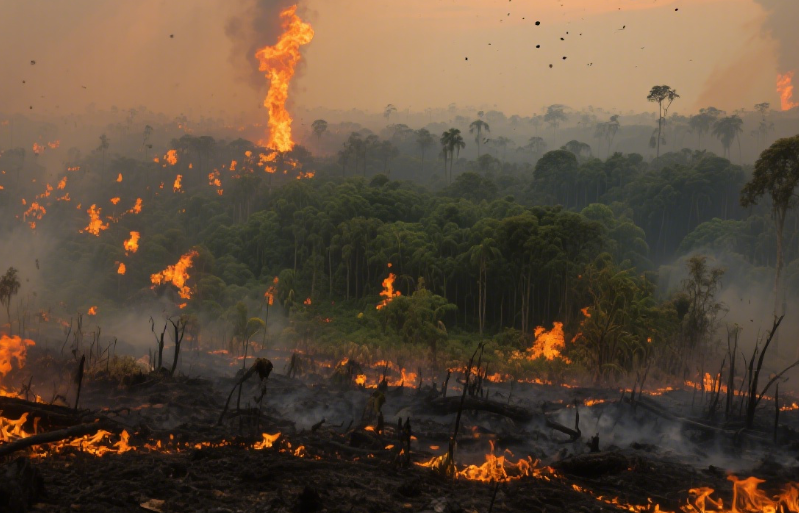
Ecological Tipping Point Alert in High Temperature and Drought
In July 2025, 3,684 fires started in the Amazon rainforest in a single day, the highest number in the history of satellite monitoring. High temperatures and drought have caused water temperatures in rivers and lakes to soar, with daytime water temperatures exceeding 37°C in areas such as Lake Tefe, and reaching 41°C in some areas,…
-
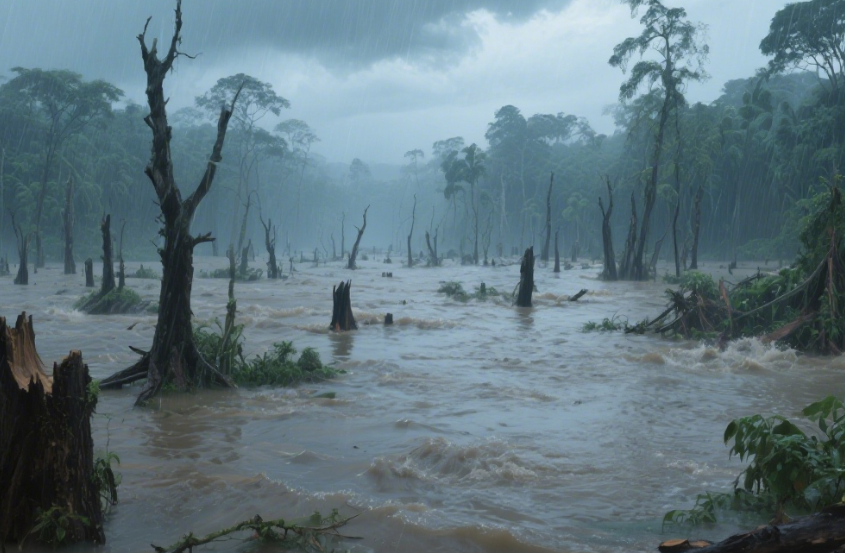
Runaway climate feedback mechanisms in the Amazon rainforest
Deforestation-induced “wetter in the rainy season and drier in the dry season” exacerbates ecological vulnerability: localized precipitation surges during the rainy season due to changes in atmospheric circulation (monthly precipitation increases by 0.96 mm for every 1% reduction in forest cover), but reduced evapotranspiration during the dry season decreases precipitation across the region, creating a…
-
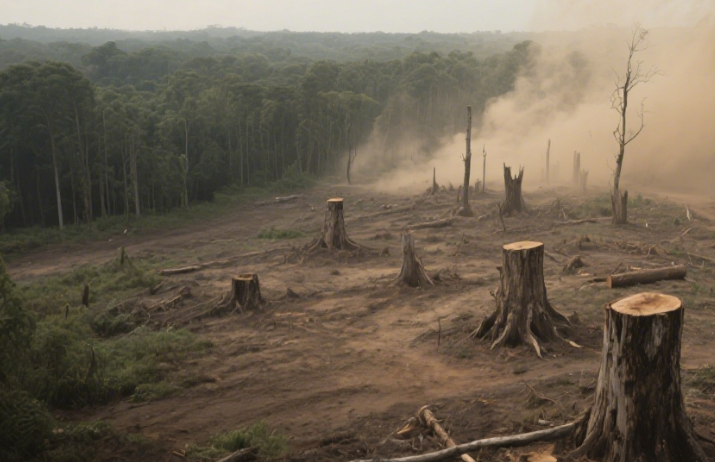
Forest degradation and the tipping point crisis
The State of the World’s Forests report states that 26 percent of the forests in the southeastern Amazon have already been lost, releasing more carbon than it absorbs for the first time, equivalent to 1.3 times Japan’s annual emissions. If current rates of deforestation continue, in 2047 the Amazon will release carbon stocks equivalent to…
-

The twin tumors of oil drilling and illegal mining
The Ecuadorian Amazon is shut down by landslides that shut down two pipelines, and the national oil company Petroecuador has declared “force majeure” with disruptions to crude oil shipments that could last up to three weeks, exposing the vulnerability of rainforest infrastructure. Meanwhile, mercury contamination in Peru’s Madre de Dios River Basin has increased, with…
-

Amazon rainforest enters death spiral
According to Brazil’s National Institute for Space Research (INPE), 26% of the forest in the southeastern Amazon has disappeared, releasing more carbon than it absorbs for the first time, which is equivalent to 1.3 times Japan’s annual emissions, and NASA modeling warns that when forest cover falls below 70%, precipitation in the region plummets by…
-
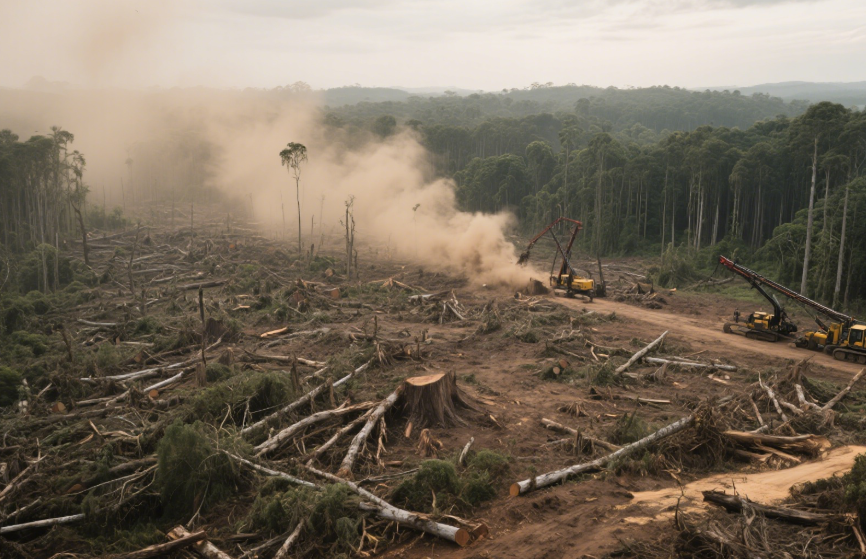
Summit of Amazonian Countries Reaches Zero Deforestation Goal by 2030
On May 9, 2025, the eight countries of the Amazon Cooperation Treaty Organization (ACTO) (Brazil, Colombia, Peru, and others) met at a summit in Brazil to commit to ending deforestation by 2030 and to work together to combat illegal mining, logging, and oil drilling. It was the first summit since 2009 and is seen as…
-

Historic drought threatens biodiversity
Water levels in 15 of the Amazon’s major tributaries have fallen to historic lows, and the Negro River near Manaus has dropped below 12.68 meters, a further 0.02 meters below the 2023 record. The drought has led to the isolation of water-dependent communities, the near collapse of freshwater ecosystems and the further erosion of rainforest…